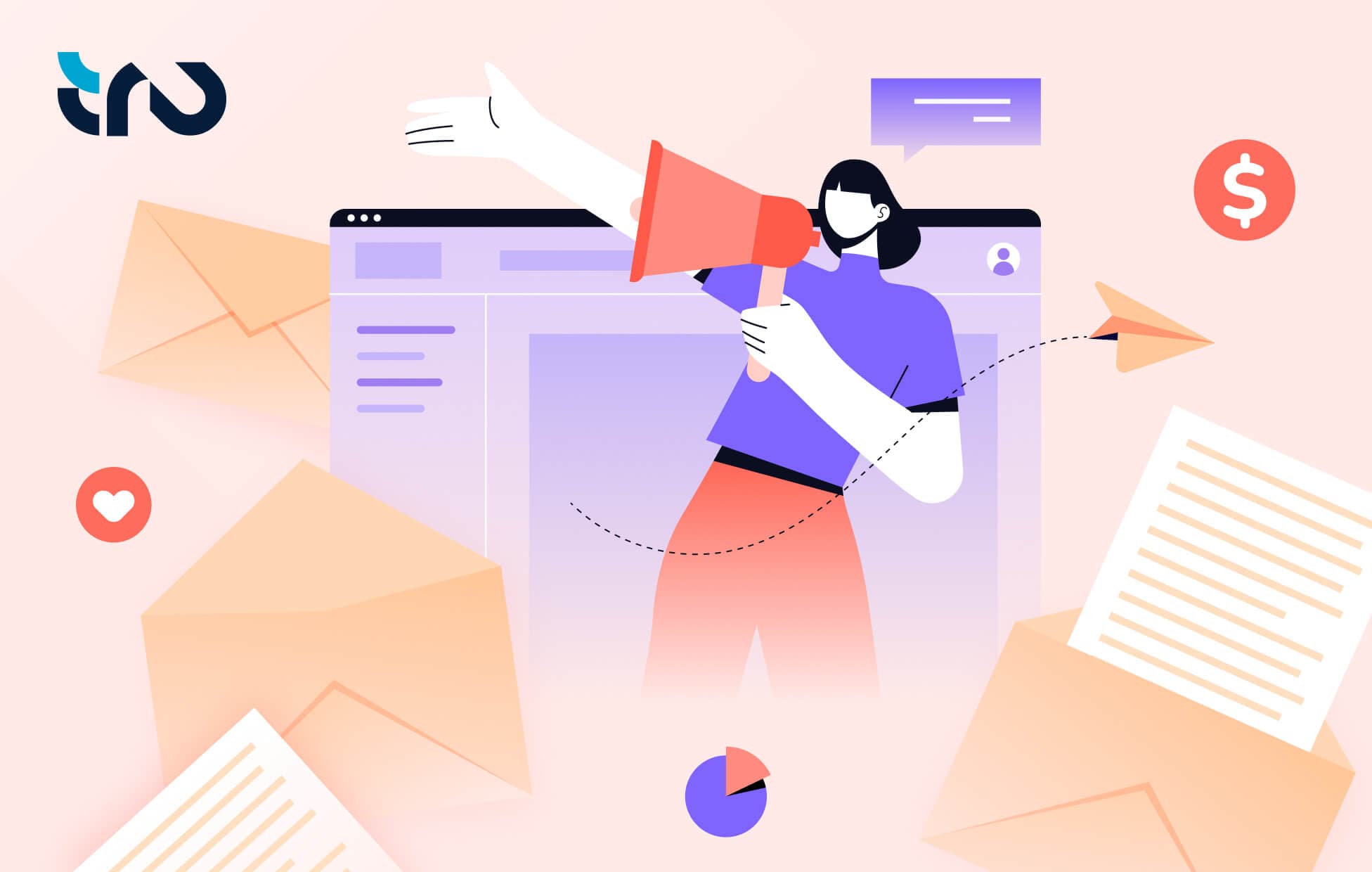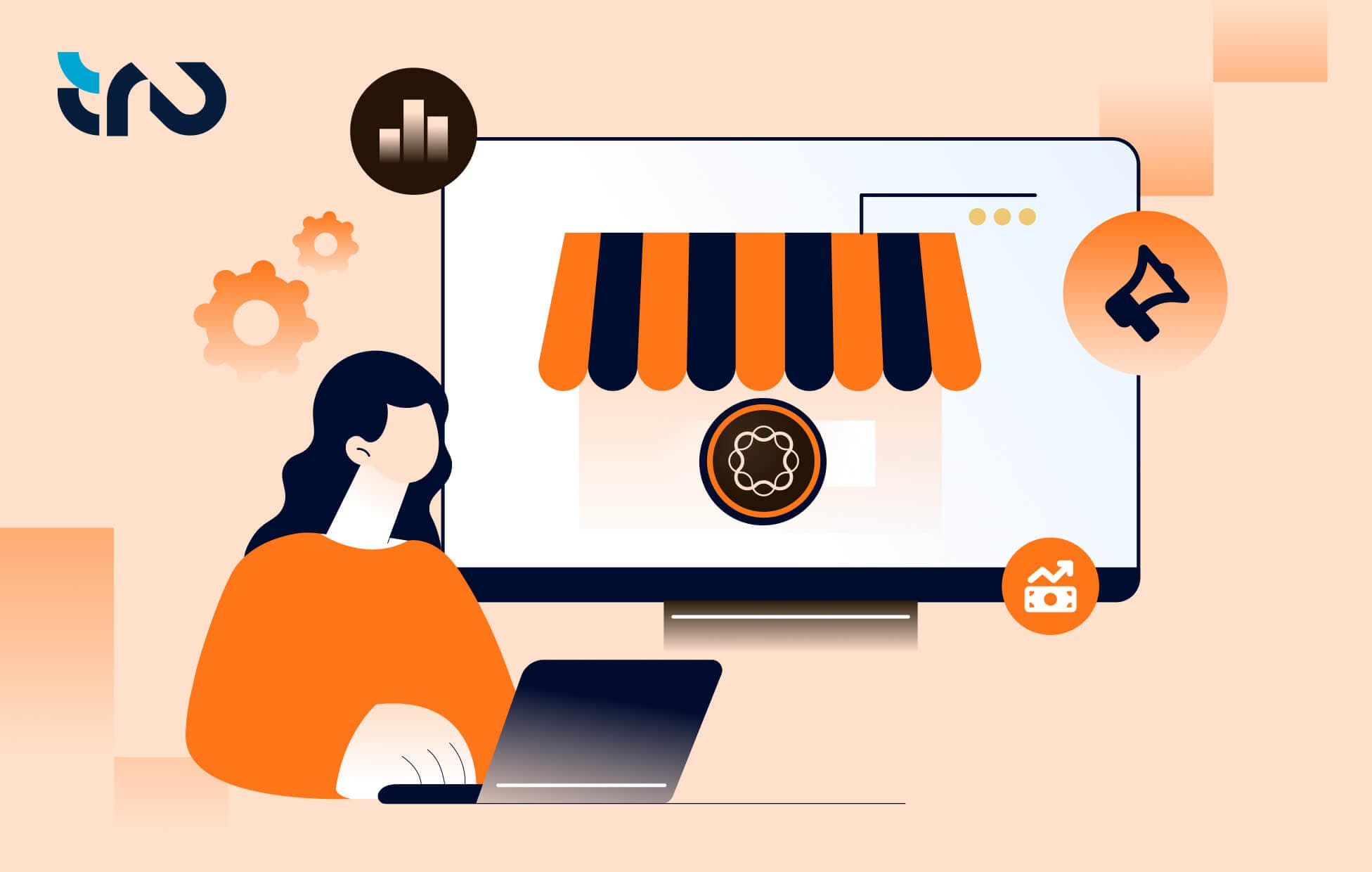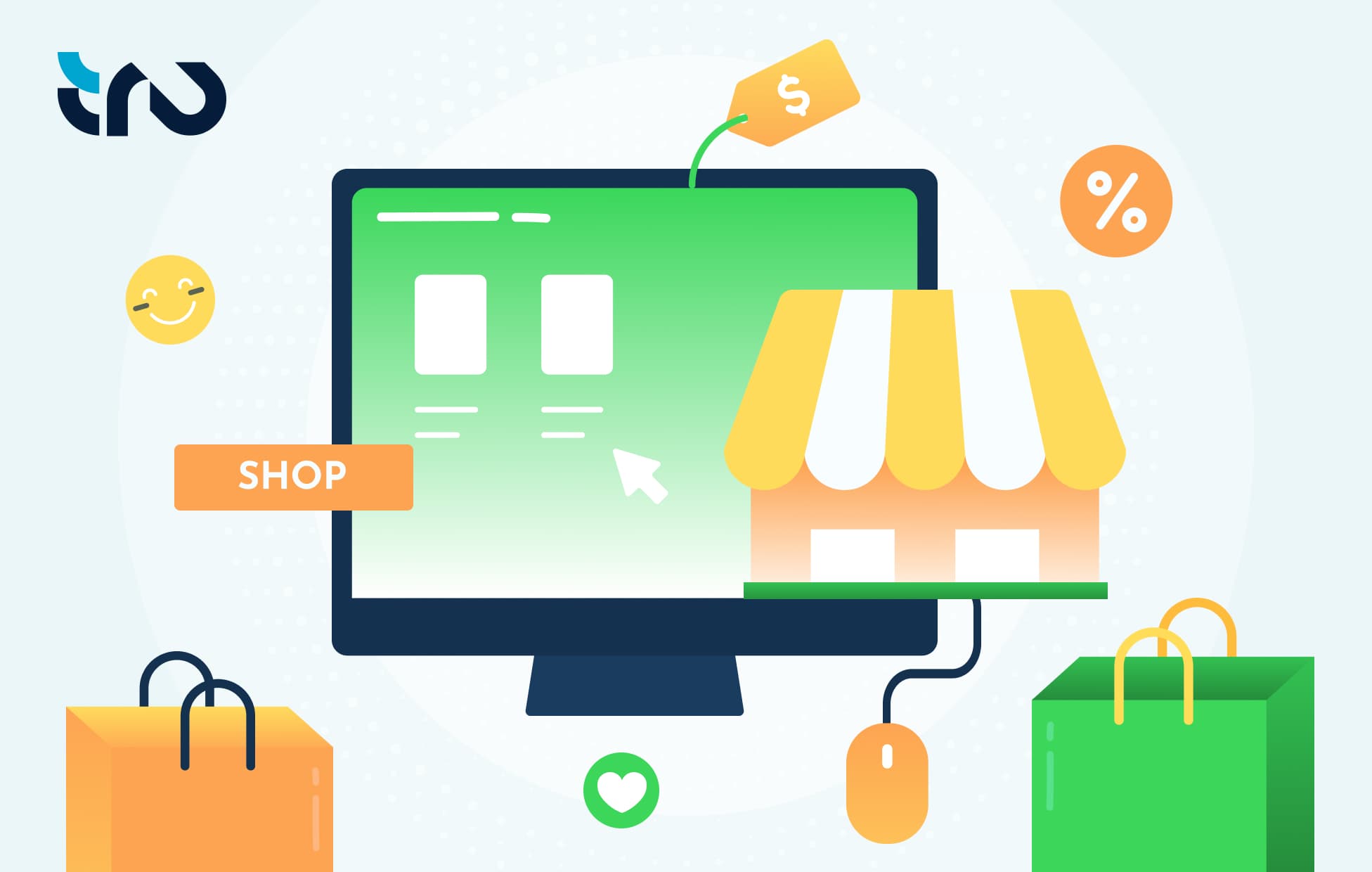Think about the last time an email actually grabbed your attention and made you click “buy”? Chances are, it was not just another discount blast. It probably felt personal, showed up at the right moment, and made shopping too easy to ignore. That is the magic of email marketing in 2025.
Email is not just a sales tool anymore. It is how brands build real connections, keep shoppers coming back, and turn quick clicks into long-term loyalty. The best part? Emails still deliver the highest ROI in digital marketing, up to $45 for every $1 spent.
In this blog, we will spotlight the best-performing ecommerce email marketing strategies, creative ideas, and success stories. Discover how today’s top e-commerce brands are transforming emails into their most profitable marketing channel.
How Email Marketing Delivers High ROI for E-commerce
Email sits at the top of every marketer’s playbook in 2025 because no other channel delivers the same mix of reach, relevance, and return. It is the one tactic that consistently proves its value, driving clicks, conversions, and loyalty all in a single send.
The numbers speak for themselves:
The average email open rate in 2025 across industries is around 42% which is higher than in previous years. (Hubspot)
Brands investing over 15% of their marketing budget in email achieve open rates of 30–40% or higher. (Litmus, 2025)
Retail and e-commerce email marketing delivers an average return of $45 for every $1 invested. (Statista)
The data confirms that email marketing is not only cost-effective but also among the highest-yielding investments in 2025. As a result, leading e-commerce brands are allocating greater budgets to email to strengthen business performance and enhance their customer retention.
Personalization Beyond First Names
Do not make your customers feel like just another buyer. Show them that you understand their preferences, what fits their budget, how your products address their specific needs, and that your recommendations are carefully tailored for them. True personalization establishes trust and drives higher engagement.
Personalization in emails is achieved through customer segmentation. Research from G2 (2024) indicates that effective segmentation can boost revenue by more than 700 percent. Segment your audience based on demographics, psychographics, buying, and behavioral patterns, then use your email marketing automation for e-commerce to deliver highly relevant content promptly.
For instance, age-based segmentation tailors messaging for Gen Z, Millennials, and Boomers, using distinct tones, visuals, and offers to enhance engagement and results through automation.
Leverage Tru’s expert Email Marketing Services for e-commerce to maximize ROI with personalization, automation, and analytics.
Every Click Counts & Every Email Converts - With Tru.
Contact UsMobile-First Responsive Design
Mobile devices now account for 60% of global internet traffic, with 1.65 billion mobile shoppers worldwide (Sellers Commerce). Brands that fail to optimize for mobile risk losing a significant portion of potential revenue.
To maximize engagement:
Ensure both your emails and website are fully mobile-responsive
Prioritize fast loading speed, clear visuals, prominent calls to action, and intuitive navigation
Verify that “Add to Cart” and payment flows are uninterrupted
Provide flexible payment options to minimize friction
A mobile-first approach not only improves the user experience but also drives higher conversion rates across the customer journey.
Automated Lifecycle Campaigns
Automated lifecycle campaigns ensure that every customer receives the right message at the right stage of their journey. These flows include welcome series, browse abandonment, cart abandonment, post-purchase follow-ups, and re-engagement campaigns.
By utilizing behavior-based triggers and timely messaging, brands can nurture leads, recover lost sales, and increase customer lifetime value without manual intervention. Automation also allows consistent communication that further contributes to better ROI.
Explore how leading brands structure lifecycle journeys in our guide: E-Commerce Email Marketing: 7 Proven Campaign Ideas To Double Your Online Sales
Strong Subject Lines and Preheaders
According to research by Zero Bounce, 43% of people open an email based on the subject line alone. Hence, when it comes to emails, subject lines and preheaders are the make-or-break factor for engagement.
Use highly curated and tailored messaging that immediately captures attention. Add emoticons, playful puns, urgency-driven wording, or time-sensitive discounts to hook your audience at just the right moment.
Examples of High-Performing Subject Lines:
“Last chance: Your cart is waiting 🛒👀”
“Your exclusive 20% off ends tonight!”
“A gift for you - open before midnight 🎁”
“Back in stock: Your favorites won’t last.”
“Did you forget something? We saved it for you.”
Data-Driven Insights and A/B Testing
Investing in email marketing campaigns without a data-driven approach is like a costly and directionless decision with not as many returns. For every email campaign, perform A/B testing, send different or the same set of emails to different audience segments, and track data to analyze which of them gets the best CTRs and conversions. Optimize your email campaigns based on the audience’s response and repeat what yields results.
Creative Content with Templates That Convert
Engaging and well-designed e-commerce email marketing templates and content are non-negotiable to drive conversions. Use visually appealing, modular layouts that reflect your brand identity while keeping messaging clear and scannable. Utilize storytelling, user-generated content, and product recommendations to make emails relevant and provoke action.
Well-crafted templates reduce production time, ensure consistency across campaigns, and enhance overall engagement, turning each email into a conversion-driving asset.
To strengthen results beyond emails, check out our blog on Digital Marketing For Retail: 10 Proven Ways To Get More Online Customers
Brands Winning With Ecommerce Email Marketing
Leading brands are accelerating e-commerce growth with innovative email strategies. These success stories highlight how effective execution translates directly into measurable results.
Dell
Dell, the global PC brand, demonstrated the power of rich media in emails by using an animated GIF in a product launch campaign. The results were dramatic: a 6% higher open rate, 42% higher click-through rate, a 103% surge in conversion rate, and ultimately a 109% increase in revenue from that single email campaign. This case shows how engaging visuals (like a quick GIF demo of the convertible laptop) can captivate subscribers and directly boost e-commerce sales via email. (Source: Inc.com)
Tatcha
Luxury skincare brand Tatcha unified email and SMS via Klaviyo for a New Year promotion, resulting in a 20% year-over-year revenue increase. Automated flows, including reminders and follow-ups, drove 70% higher revenue than the previous year. Nearly half of all online sales (47%) during the campaign were directly attributed to Klaviyo-powered emails and texts, showcasing the impact of coordinated messaging. (Source: Klaviyo)
Vårdväskan
Swedish medical apparel retailer Vårdväskan switched to Mailchimp and focused on segmentation and personalization, achieving a 30× ROI in less than a year. Its automated welcome series emails achieved about a 59% open rate with click-through rates 315% higher than the e-commerce average. By personalizing product recommendations and localizing content, the brand significantly boosted engagement and sales, setting a strong benchmark in apparel email marketing. (Source: Mailchimp)
For advanced email automation and personalized campaigns, harness Tru’s Salesforce Marketing Cloud services to drive measurable growth and lasting customer loyalty.
Boost ROI. Transform Every Subject Line with Tru.
Contact UsHow to Build Your E-commerce Email Marketing Strategy
Building a winning email marketing strategy for e-commerce requires structure and consistency. These essential steps will help to create campaigns that truly convert:
Set clear goals: Tie every campaign to specific outcomes like acquisition, repeat sales, or loyalty.
Segment smartly: Go beyond static buyer personas. Use behavior and engagement data for precise targeting.
Automate journeys: Design lifecycle flows that anticipate actions and offer personalization.
Test relentlessly: A/B test subject lines, content, and timing to identify what truly converts.
Think mobile-first: Optimize templates, load speed, and checkout for shoppers on the go.
Measure what matters: Track revenue per email, retention, and lifetime value, not just opens.
Final Words
E-commerce email marketing remains one of the most dependable channels for driving sales and retention. Using personalization, automation, and mobile-first design enables brands to maximize ROI and deepen customer relationships. A data-driven approach ensures each email delivers measurable, significant results.
Frequently Asked Questions (FAQs)
Email marketing is the practice of sending customer-focused messages to targeted audiences to drive website visits or product purchases. For example, e-commerce brands often send personalized discount emails to recover abandoned carts.
To build an e-commerce email marketing strategy, start by defining your goals, segmenting your audience based on behavior and preferences, and setting up automated lifecycle campaigns. Continuously test subject lines, content, and timing, then analyze performance to refine and optimize each email for maximum impact.
The ideal frequency depends on the audience and product type. Most e-commerce brands see strong engagement with 2–4 promotional emails per week, combined with automated lifecycle emails like welcome, cart recovery, and post-purchase messages triggered by customer behavior.
Yes, abandoned cart emails significantly improve conversions. A Hotjar report shows emails can recover 18% or more of abandoned carts, representing a substantial share of otherwise lost sales.
Top platforms for e-commerce email automation include Salesforce Marketing Cloud, Klaviyo, Omnisend, and Mailchimp. These tools support advanced segmentation, product feed integration, and personalized automation flows.



